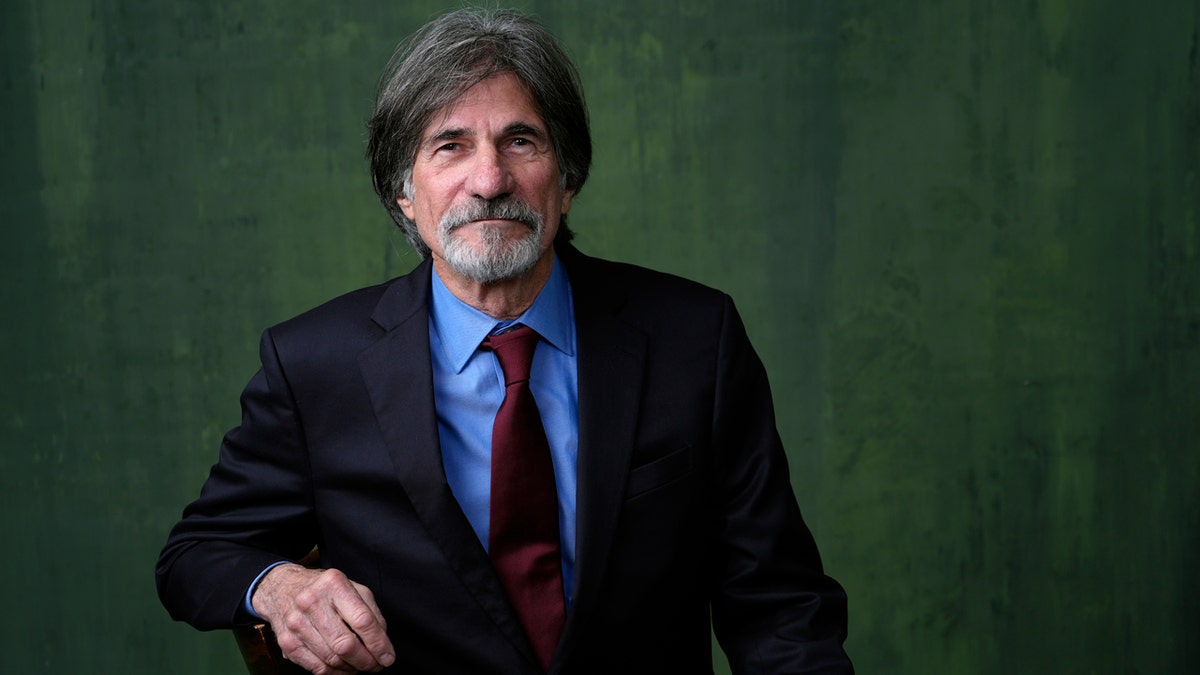Fox News Flash top headlines for February 23
Fox News Flash top headlines are here. Check out whats clicking on Foxnews.com.
Jack Fisk, the legendary production designer, has been down a lot of roads in his life. He goes looking down back roads for movie locations and hillsides on which to plop down mock houses. He’s been to the Solomon Islands for "The Thin Red Line" and the Canadian Rockies for "The Revenant." But America, really, is his territory.
Fisk, 78, has for half a century been building some of the most indelible homes and structures of movies. He crafted the grand Victorian that peers down from above the wheat fields in Terrence Malick’s "Days of Heaven" (1978). He erected the oil derrick of Paul Thomas Anderson’s "There Will Be Blood" (2007). And he built Mollie Burkhardt's Osage home for Martin Scorsese’s "Killers of the Flower Moon."
"Killers of the Flower Moon," which entailed recreating the circa-1919 Oklahoma town of Fairfax, expands the wide swath of American ground, and history, that Fisk has covered. And it’s earned Fisk his third Oscar nomination, a capstone to a career crafting rough-hewn on-screen worlds with such fine-grained dimensionality that you feel as though you walked through them.
'KILLERS OF THE FLOWER MOON' NAMED BEST FILM OF THE YEAR BY NY CRITICS GROUP
That’s partly because you — or at least the actors — actually could. Though much set design is done piecemeal, with a few facades just for the camera, Fisk prefers to build entire houses on location to give filmmakers and actors the ability to cross in and out of them. To see out the windows.
"We build everything so it can be shot from 360 degrees," Fisk said in a recent interview from his home, a 210-acre horse farm where he and his wife, Sissy Spacek, live in Albemarle County, Virginia. "And directors take advantage of it. I love not narrowing down their options too early. They can move. And when the actors get involved, it’s much more organic."

Oscar-nominated production designer Jack Fisk posing for a portrait on Feb. 12, 2024. (AP Photo/Chris Pizzello)
"It’s something I’ve always liked to do just because I like to build," Fisk added, smiling.
In winter, work around their house in Virginia had slowed, though Fisk had spent that morning tiling a bathroom for his daughter. Work on the house moves at a crawl, he says, compared to on set. On "There Will Be Blood," he had some 50 carpenters nailing away. "When you do it yourself, everything slows down to molasses," he says.
Fisk first set out as a painter and sculptor. He attended art school and initially came to Hollywood only with an idea of painting billboards. After latching onto film-making, he’s helped designed all kinds of movies. "Carrie" (1976). "Eraserhead" (1977). "Mulholland Drive" (2001). He’s worked on nearly every Malick movie. But what he’s best known for are his homes.
CLICK HERE TO GET THE FOX NEWS APP
"Where are you going to put all these sculptures? You’re going to lug ‘em around or put ’em in a storage area," Fisk says. "When I got involved in films, it was so exciting because I would build it and then they would film it. So there was a record of it. I was just as happy to never see it again. It always looks better when they filmed it. The lighting is there, the set dressing is there, the actors are performing in it. So you’re remembering it in the best possible light. Now, I build my sculptures to look like houses."















































